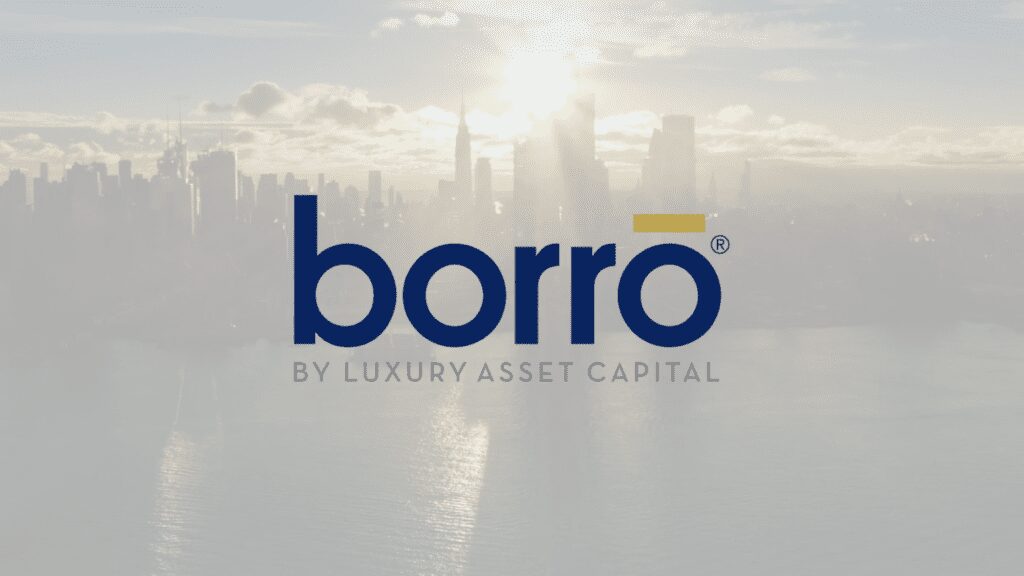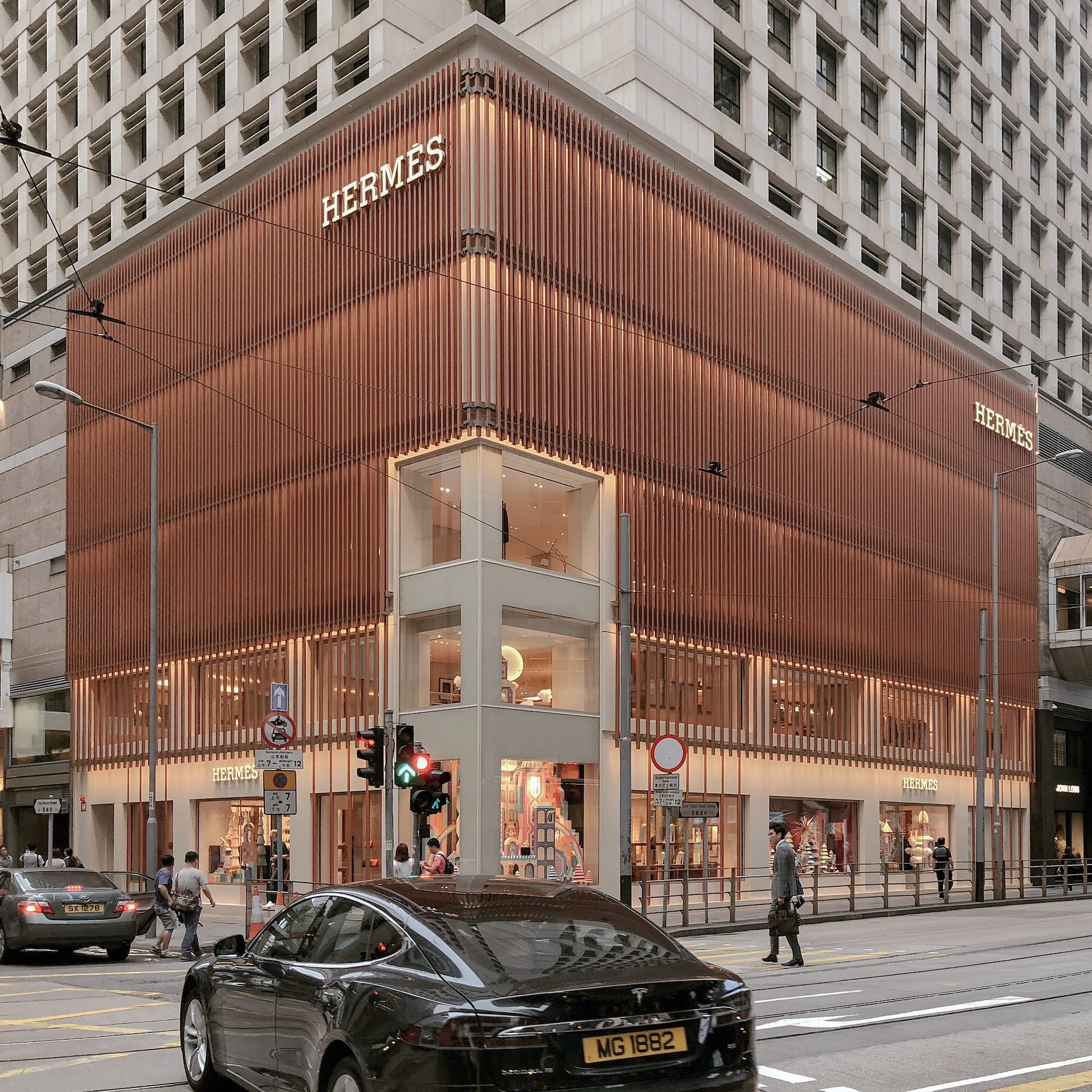In an era where environmental consciousness is paramount, the luxury industry is undergoing a significant transformation. This shift towards sustainability is not just a trend but a necessity, reshaping the landscape of high-end goods, including the world of collectibles. This article explores how sustainability is influencing the luxury collectibles market and what this means for collectors, investors, and the industry at large.
The Rise of Sustainable Luxury
Luxury brands have long been associated with opulence, exclusivity, and sometimes, excess. However, as global awareness of environmental issues grows, these brands are pivoting towards more sustainable practices. This shift is not just about meeting consumer demands; it’s about securing a future for the industry in a world increasingly concerned with ecological impact.
Sustainable luxury in collectibles encompasses various aspects:
- Ethical sourcing of materials
- Eco-friendly production processes
- Durability and longevity of items
- Transparency in supply chains
- Commitment to reducing carbon footprint
Impact on Collectible Categories
Fine Jewelry and Watches
The jewelry and watch industries are at the forefront of the sustainable luxury movement. Brands are now focusing on:
- Ethically sourced gemstones and precious metals
- Use of recycled materials in production
- Creating timeless pieces that transcend fast fashion trends
For example, some luxury watchmakers are now using recycled steel and ethically sourced diamonds, setting new standards for the industry.
Art and Sculptures
In the art world, sustainability is manifesting through:
- Use of eco-friendly materials in artwork creation
- Focus on themes related to environmental conservation
- Sustainable packaging and transportation methods for art pieces
Many contemporary artists are now incorporating recycled materials into their works, turning sustainability itself into an art form.
Rare Books and Manuscripts
While inherently sustainable due to their longevity, the rare book market is adapting by:
- Implementing conservation techniques that are environmentally friendly
- Using sustainable materials for storage and display
- Digitizing content to reduce the need for physical transportation
Classic Cars and Vintage Vehicles
The collectible car market is embracing sustainability through:
- Restoration processes that use eco-friendly materials
- Development of electric conversion kits for classic cars
- Focus on preserving existing vehicles rather than producing new ones
The Collector’s Perspective and Industry Adaptation
The shift towards sustainability in luxury collectibles is reshaping the landscape for collectors and the industry alike. For collectors, this transformation presents both challenges and opportunities. The values driving acquisition decisions are evolving, with an increasing emphasis on the environmental impact of items. Collectibles boasting sustainable credentials are gaining value not just ethically, but financially as well. This shift has added a new layer to authentication processes, with collectors now seeking proof of ethical sourcing and sustainable production alongside traditional provenance. Moreover, sustainable luxury items are showing strong potential for long-term value appreciation, aligning with global trends towards environmental responsibility.
Industry Adaptation to Sustainability
In response to these changing dynamics, the luxury collectibles industry is adapting in several innovative ways:
Sustainable Materials and Research
Brands are investing heavily in research and development of sustainable materials that maintain the quality and appeal synonymous with luxury.
Circular Economy Models
Many companies are exploring circular economy models, including buyback programs, refurbishment services, and second-hand markets, effectively extending the lifecycle of luxury items.
Transparency and Traceability
Transparency and traceability have become paramount, with some companies employing blockchain technology to provide unparalleled clarity in their supply chains.
Challenges in the Transition
However, this transition is not without its challenges:
- Balancing tradition and innovation, particularly in categories where traditional craftsmanship is a key value driver
- A pressing need for consumer education about the importance of sustainable luxury, especially in markets where environmental concerns are not yet prioritized
- Lack of standardized metrics for sustainability in collectibles, posing difficulties for consumers trying to make informed comparisons
The Future of Luxury Collectibles
Despite these hurdles, the direction is clear: sustainability is becoming an integral part of the luxury collectibles market, promising a future where opulence and environmental responsibility coexist harmoniously.
Conclusion
Sustainability is not just shaping the future of collectibles; it’s redefining the very essence of luxury. As the world grapples with environmental challenges, the luxury collectibles market is demonstrating that opulence and responsibility can coexist. For collectors, this shift presents an opportunity to not just own beautiful and valuable items, but to be part of a movement towards a more sustainable future.
The journey towards fully sustainable luxury collectibles is ongoing, but the direction is clear. As brands continue to innovate and collectors become more discerning, we can expect to see a new era of luxury – one where the value of an item is measured not just by its rarity or craftsmanship, but by its harmony with our planet.



